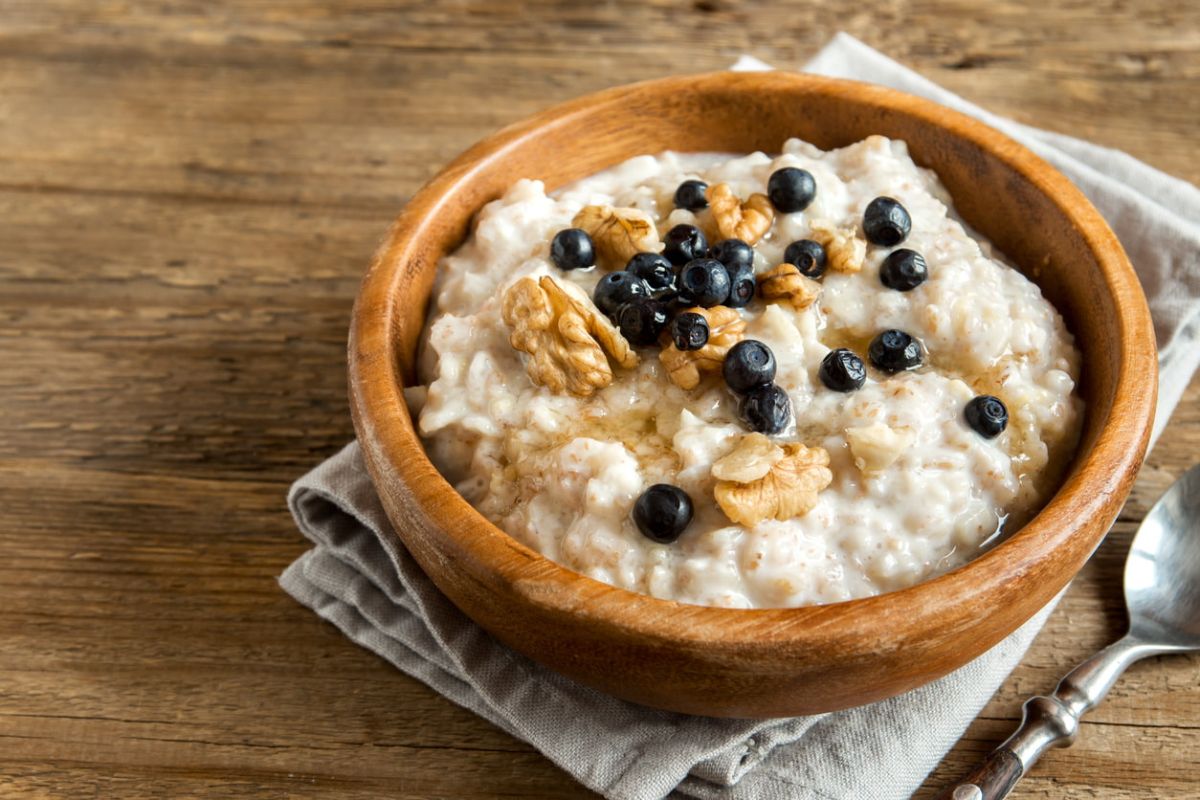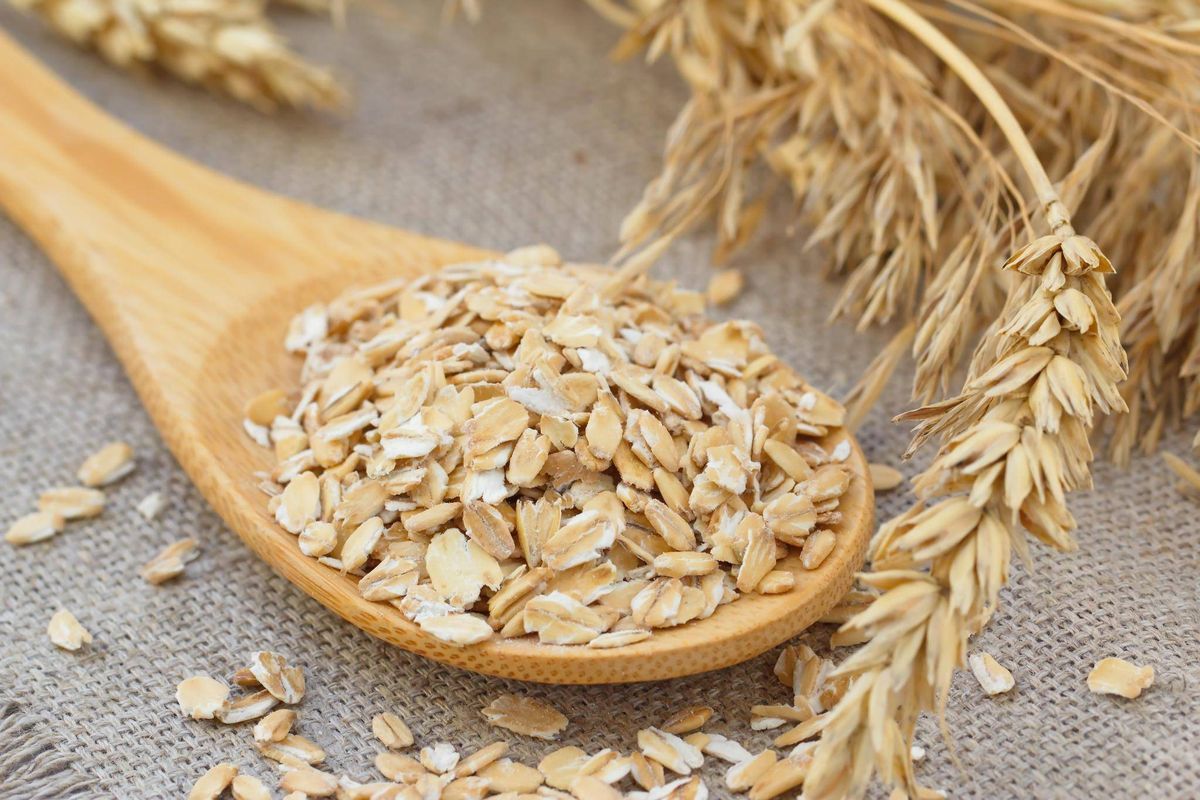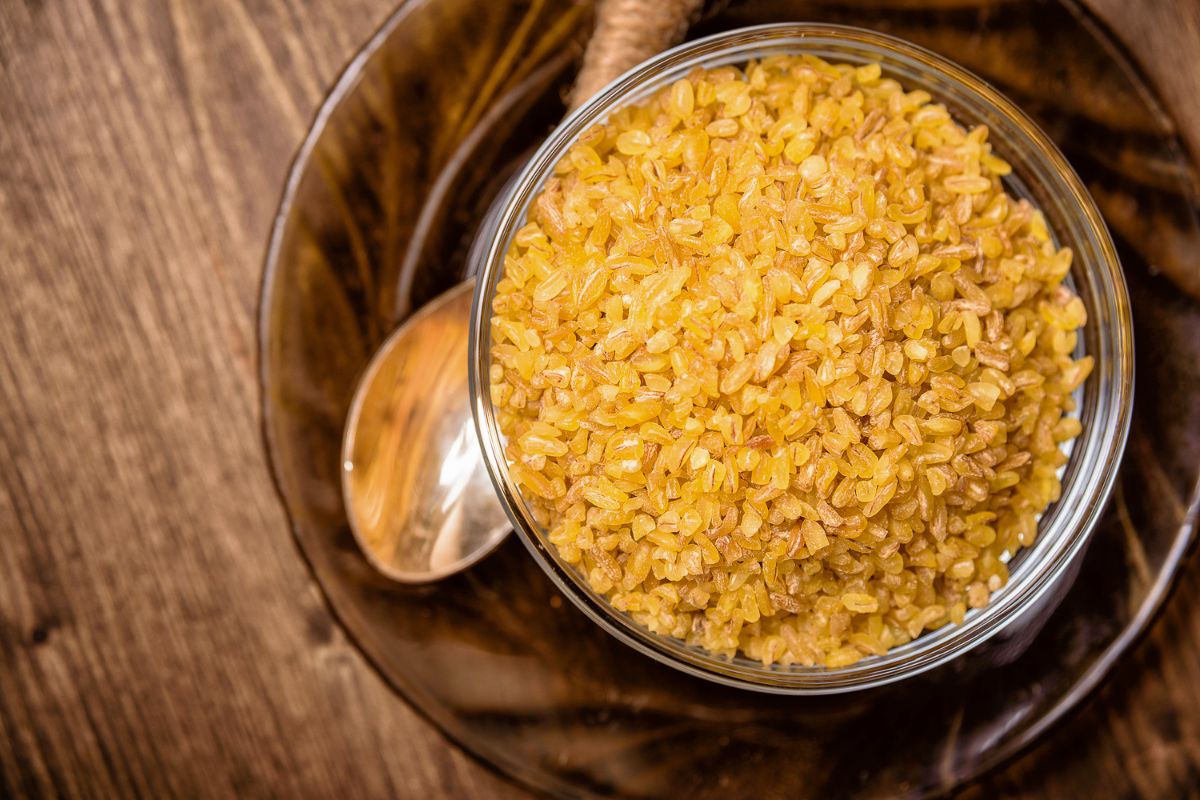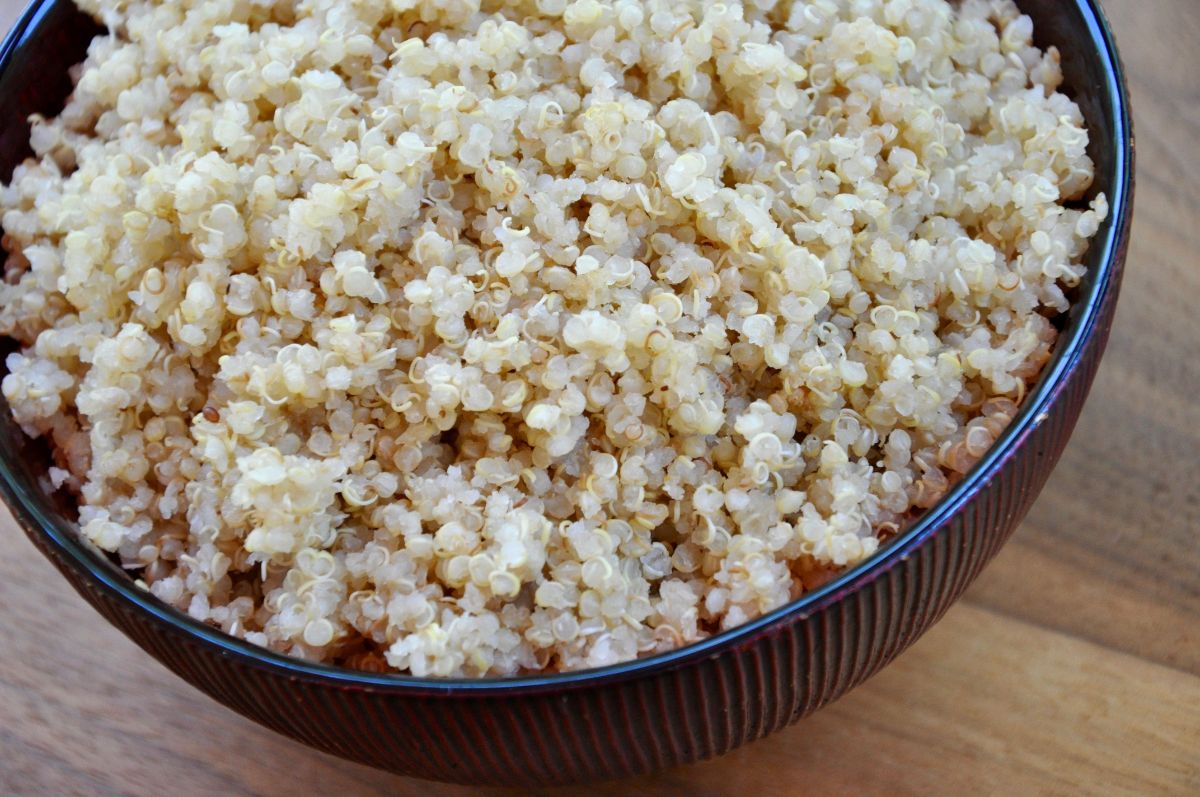7 most useful bran for the body and how to take them correctly
The bran of most cereals is rich in dietary fiber, antioxidants (including unique ones), vitamins and minerals.
Scientists point to the tangible benefits that bran brings to the human body. They can also be taken for weight loss.
What is bran?
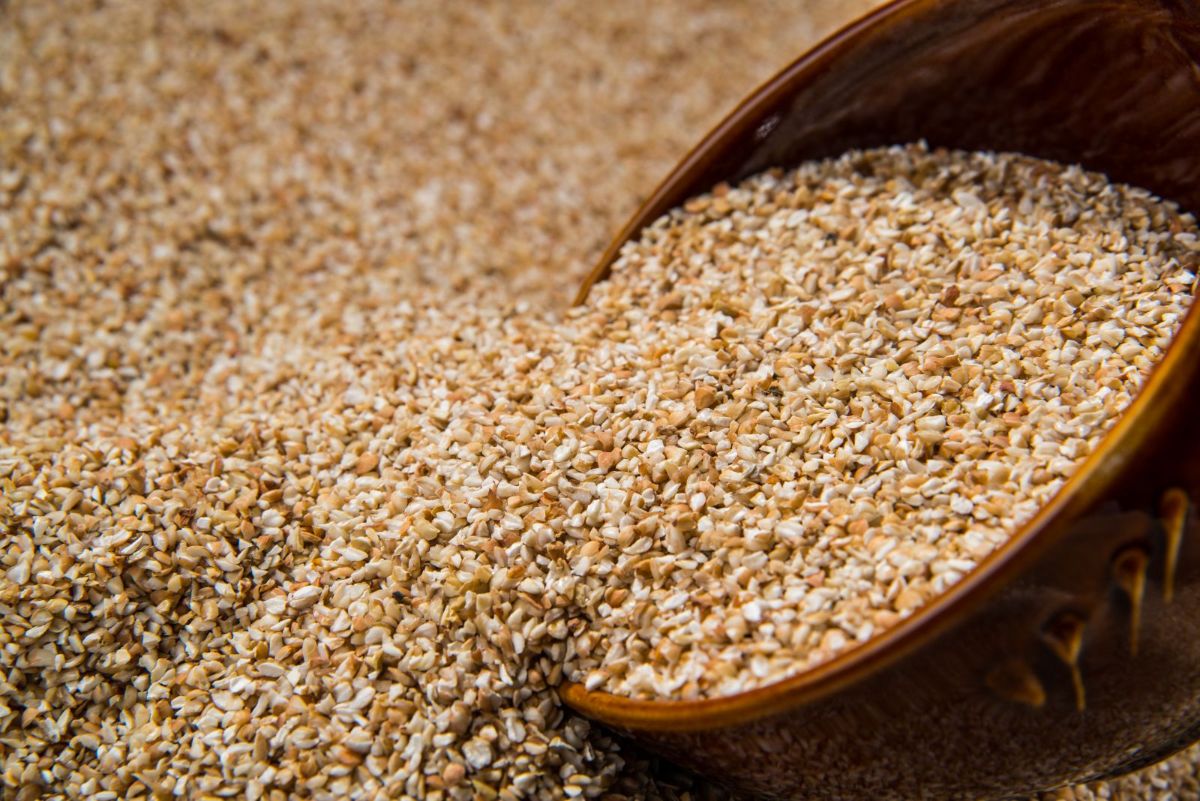
Bran is the outer layer of the grain, which is located directly under the inedible shell. They are a by-product of flour milling.
For a long time they were not recognized as valuable to humans and were used exclusively for feeding livestock. However, the situation has changed dramatically in recent decades. Bran contains a lot of valuable biologically active substances (vitamins, minerals, proteins and, most importantly, valuable antioxidants).
Modern evidence-based medicine recognizes the use of bran for the prevention and treatment of a number of diseases. It is also proven that they restore intestinal function , regulate glucose and cholesterol metabolism, fight malignant neoplasms.
Depending on the processed grain crop, the following types of bran are distinguished:
- Wheat;
- Rye;
- Oatmeal;
- Corn;
- Amaranth;
- Linen;
- Buckwheat;
- Rice.
Some of them have a number of unique useful properties. For example, barley bran is ideal for the prevention of cardiovascular diseases, and oat bran is ideal for the prevention of cancerous tumors.
7 most useful types
The 7 most useful varieties of bran are considered below (based on the evidence base).
1. Wheat
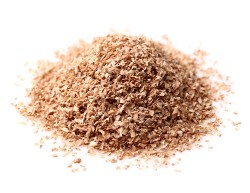 Are the most common variant of bran. They have a sweet nutty taste and are perfectly combined with a variety of products.
Are the most common variant of bran. They have a sweet nutty taste and are perfectly combined with a variety of products.
Wheat bran has an average calorie content (about 145 calories per 100 grams) and is rich in B vitamins (B1, B2, B5, B6, B9), E and K, magnesium, phosphorus, iron, manganese and zinc.
Regular consumption of wheat bran is associated with a number of health benefits:
- Improved digestion . Due to the abundance of dietary fiber in the composition, wheat bran normalize motor activity of the gastrointestinal tract and supports the composition of the microflora. As a result, the frequency and volume of the stool increases. Bran is one of the most effective means for the prevention and treatment of constipation.
- Reducing the risk of developing cancer. Installed that wheat bran prevents the development of malignant tumors of the colon and rectum. At the same time, they have an anti-cancer effect are superior all other bran options. There is also a high efficacy against malignant degeneration of mammary gland cells in women.
- Improving the health of the heart and blood vessels. The abundance of fiber is beneficial reflected on cardiovascular morbidity. Wheat bran reduce cholesterol levels (including atherogenic fractions – LDL, TAG), have a regulatory effect on blood pressure.
- Weight loss. Bran is rich source of fiber . Regular consumption of sufficient doses of dietary fiber is an effective way to prevent and treat obesity. In dietetics, they are used for weight loss.
Side effects include:
- Allergic reactions. The product is contraindicated for people with gluten intolerance (celiac disease).
- Dyspeptic disorders. Are manifested when consuming large amounts of wheat bran and are due to the abundance of fructans (a special type of fiber) in the composition.
- Deterioration of nutrient absorption. The composition includes phytic acid, which impairs the absorption of iron, calcium, magnesium and zinc.
Wheat bran is ideal for the diet of both adults and children. They can be added to yoghurts, kefir, and various drinks. They can also be used in the preparation of dough for any bakery products.
2. Oatmeal
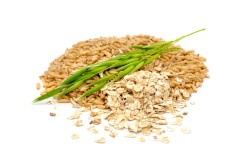 Oat bran is an equally valuable product from a biological point of view. They are rich in vitamins B1 and B1, magnesium, iron, phosphorus and zinc.
Oat bran is an equally valuable product from a biological point of view. They are rich in vitamins B1 and B1, magnesium, iron, phosphorus and zinc.
A distinctive feature like claim scientists, (compared to other species) – an abundance of proteins in the composition and low calorie content (only 40 calories per 100 grams).
The main advantages are:
- Antioxidant effect . Oat bran depressing chronic inflammation and fight free radicals, reducing the risk of malignant tumors and chronic diseases from all organ systems. The action, to a greater extent, is realized due to the presence of avenanthramides in the composition, which contained exclusively in oats.
- Reducing the risk of developing cardiovascular diseases. Oat bran is effective for prevention hypertension, as well as decline risk of coronary heart disease, myocardial infarction and strokes.
- Prevention and control of type II diabetes mellitus. Beta-glucans of oats raise sensitivity of peripheral tissues to insulin and slow down absorption of carbohydrates in the intestine, which has a beneficial effect on the state of the glycemic background. The product is recommended for all diabetics to reduce the volume of medications taken.
- Intestinal health improvement. Oat bran warn the appearance of constipation (especially in old age), providing a quick and effective "cleansing" of the intestines. They also reduce the likelihood of any chronic, inflammatory and malignant diseases of the digestive system.
- Promote weight loss. The effect is equally pronounced in both women and men.
Despite a lot of advantages, oat bran has a number of undesirable effects:
- Dyspeptic disorders;
- Exacerbation of the course of chronic diseases of the gastrointestinal tract;
- Allergic reactions.
They can be consumed by people with celiac disease (since there is no gluten in the composition).
The product can be used in baking bread, added to milk, kefir and yoghurts.
3. Rye
Rye bran is a product with low energy value (about 112 calories per 100 grams). They are rich in vitamins B1, A and K, as well as magnesium, phosphorus, iron, iodine, zinc and copper.
Rye bran is a valuable supplier of lignans for the body. Research by Swiss scientists demonstrates that this group of substances is highly effective in preventing malignant degeneration of colon cells.
The positive properties of rye bran are not limited to this. They are able to:
- Reduce the level of glucose and cholesterol in blood plasma;
- Reduce body weight;
- Regulate bowel function;
- Support liver and kidney function.
Rye bran is recommended to be consumed in moderation to avoid dyspeptic disorders. They are also characterized by a high frequency of allergic reactions.
These bran are ideally combined with any fermented dairy products (kefirs, yoghurts, sour cream), can be part of salads and bakery products.
4. Corn
Are not characterized by a high content of minerals and vitamins in the composition, but they are rich in ferulic acid. Its concentration in the composition, according to the data Czech specialists, surpasses all other types of bran.
Ferulic acid has the following effects in the human body:
- Anti-inflammatory;
- Antiplatelet ( Blood thinning );
- Anti-cancer;
- Hepatoprotective (protects liver cells);
- Antibacterial;
- Antioxidant.
Such bran is effective in reducing body weight, preventing endocrine and cardiovascular disorders.
They are ideal for fermented dairy products (kefirs and yogurts), can be added to soups or salads.
5. Linen
Flaxseed bran is rich in omega-3 fatty acids, iron, calcium, magnesium, potassium, vitamins A, E and group B (B1, B2, B6).
They are able to:
- Reduce cholesterol level. When using flaxseed bran, diseases of the cardiovascular system associated with atherosclerotic artery disease (coronary heart disease, myocardial infarction, stroke) are less often detected.
- Prevent the appearance of colon and breast cancer.
- Improve the course of diabetes mellitus. They fight the main pathogenetic mechanism of type II diabetes mellitus – insulin resistance.
- Improve functional brain activity .
However, flaxseed bran has a strong irritating effect on the mucous membranes of the gastrointestinal tract. They are contraindicated during exacerbations of gastritis, duodenitis or peptic ulcer disease.
Flaxseed bran, as well as other types, are widely used for weight loss as part of traditional medicine recipes. On their basis, a lot of drinks and decoctions, milkshakes are made, they are ideally combined with vegetables and fruits, serve as an excellent accompaniment to any salad.
6. Buckwheat
Have an average calorie content (115 calories per 100 grams), are practically devoid of vitamins and minerals. However, they abound in valuable proteins with essential amino acids for the body.
The main advantage of this type of bran is the ability to reduce blood sugar levels by improving the sensitivity of insulin receptors on muscle and adipose tissue cells ( according to the data Norwegian scientists).
Also buckwheat bran normalize the digestive system , improve the composition of microflora and inhibit the growth of "harmful" bacteria.
The main contraindications include:
- Gluten intolerance;
- Exacerbation of chronic diseases of the gastrointestinal tract;
- Pregnancy.
It is recommended to consume them in their pure form (several tablespoons before each meal).
7. Rice
The raw material for rice bran is the most useful variety of rice – brown rice .
The by-product of rice processing is rich in vitamins (B1, B2, B5, B6, B9, E, K) and minerals (magnesium, potassium, phosphorus, iron, manganese, copper, zinc and selenium), as well as omega-3 fatty acids.
Rice bran can:
- Suppress growth of malignant cells;
- Reduce risk of developing diabetes mellitus;
- Prevent the occurrence of the most common cardiovascular diseases;
- Provide reliable prevention of constipation;
- Reduce body weight;
- Protect liver cells from damage.
However, the product is characterized by a high incidence of the following side effects:
- Allergic reactions;
- Impaired renal function (due to high potassium and phosphorus content);
- Dyspeptic disorders.
Rice bran is usually consumed in the form of drinks (decoctions, cocktails), less often it is added to salads. In folk medicine, they are used in their pure form (before or during meals).
Admission rules
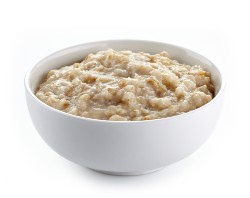 The most important rule in the healthy use of bran is careful rationing. It is recommended to take no more than 3-5 tablespoons per day (1-2 tablespoons for each meal).
The most important rule in the healthy use of bran is careful rationing. It is recommended to take no more than 3-5 tablespoons per day (1-2 tablespoons for each meal).
Bran is better taken in the morning (for breakfast or lunch). Admission in the evening and at night is contraindicated.
Any kind of bran can be taken both in its pure form and added to various dishes or used as an ingredient.
They are perfectly combined with meat dishes, vegetable salads, dairy products (kefir, yogurt, milk, sour cream).
Bran can also be added to cereals, as well as to dough for baking bread, rolls, crackers, biscuits, biscuits and other bakery products.
Let's look at some simple recipes:
- Diet dough for pies and tortillas. Ingredients: 6 tbsp. l. oat bran, water and cottage cheese; 3 eggs. All components should be thoroughly mixed, nuts and dried fruits can be added. Baking from such a dough does not contain many calories and is usually used to control body weight.
- Pancakes. You will need: 2 tbsp. l. oat bran, 1 tbsp. l. wheat bran, 1 egg, 200 ml kefir, 1 tsp. vanillin. Bake without oil in a frying pan, until cooked, on both sides. These pancakes also do not negatively affect body weight, they are an excellent substitute for any flour products.
- Porridge. For cooking, pour 3 tablespoons of bran (oatmeal, wheat or rye) and 150 ml of milk. Bring the mixture to a boil and simmer for about 10 minutes. Porridge is consumed in the morning in order to reduce blood sugar and cholesterol levels.
- Decoction. Ingredients: 60 grams of wheat bran, 200 ml of water. Bring the water to a boil, add the bran and cook for about 60 minutes, strain. The resulting broth can be taken in its pure form or added to soups and sauces. It reduces the level of cholesterol and sugar in the blood, has a beneficial effect on the work of the intestines.
All types of bran are universal products. They can be consumed in their pure form or included in almost any dish.
Output
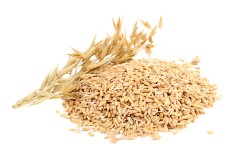 It is difficult to name the single most useful type of bran.
It is difficult to name the single most useful type of bran.
All varieties have a number of medicinal properties. They are able to:
- Regulate sugar metabolism in the body;
- Prevent the development of cardiovascular diseases;
- Reduce body weight;
- Improve bowel function and prevent constipation;
- Fight against malignant tumors (mainly in the large intestine).
However, the positive effects of different species are expressed differently:
- Wheat bran is most effective in preventing malignant neoplasms.
- Oat bran has a powerful antioxidant effect, preventing the appearance of cancer and chronic diseases from the heart and blood vessels, endocrine and digestive systems.
- Corn bran is rich in ferulic acid, which protects liver cells and reduces blood viscosity. They are recommended for the elderly in order to prevent cardiovascular disasters.
- Flax processing products have a beneficial effect on the work of the brain, and buckwheat most effectively fights type II diabetes mellitus.
Thus, all bran contains many valuable substances and is useful for humans, but the biological effects are not expressed in the same way for everyone. It is definitely impossible to say which type is the most preferred. It all depends on the purpose of use.

